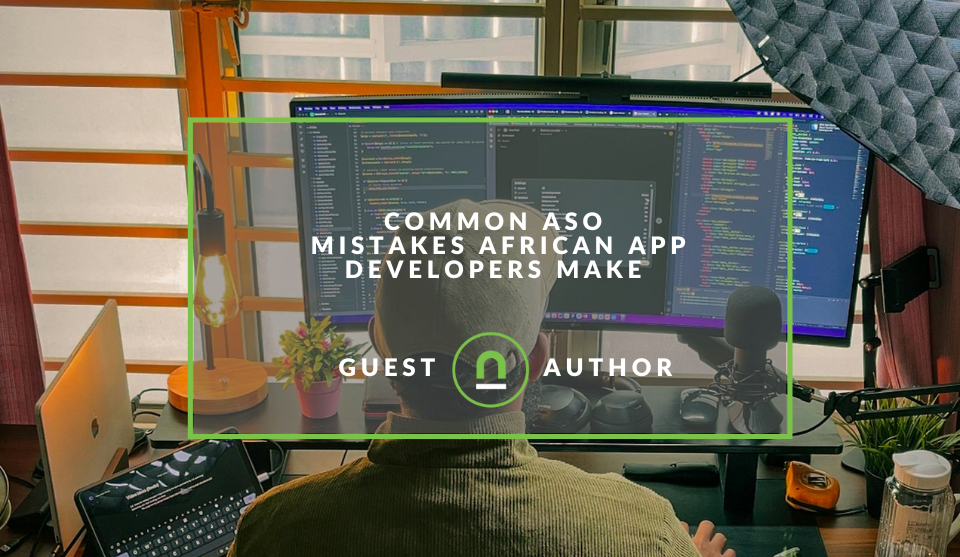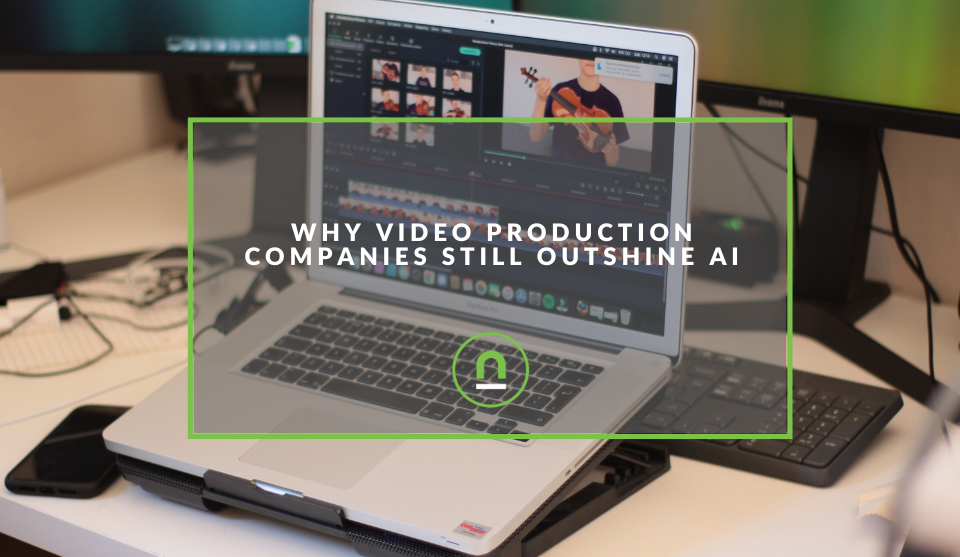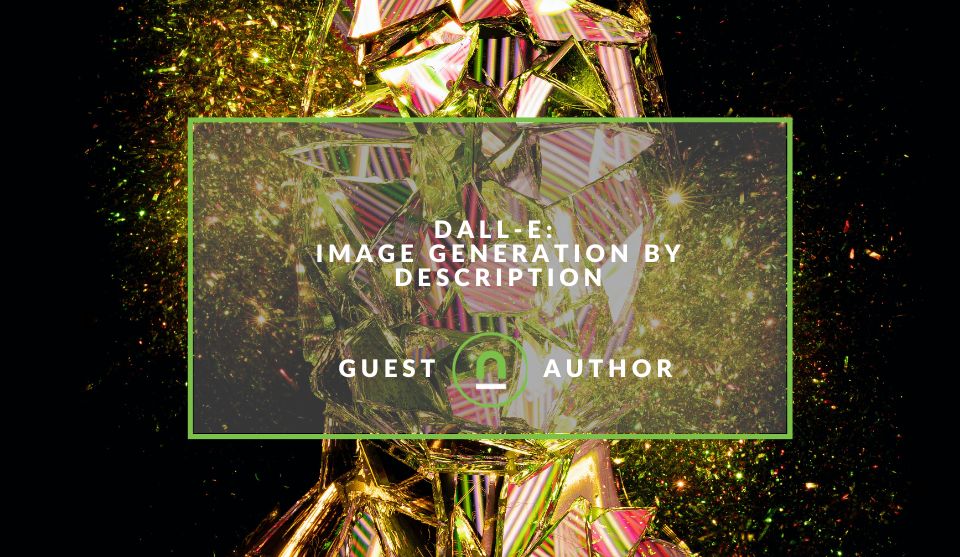Recent posts

Industry Experts
Common ASO Mistakes African App Developers Make
09 January 2026

Ace of Trades
The South African Industrial Tech Revolution
05 January 2026

nichemarket Advice
Why Video Production Companies Still Outshine AI
24 December 2025

Press Releases
Where You Can Find International Remote Jobs For South Africans
23 December 2025
Popular posts
Extravaganza
Trending Music Hashtags To Get Your Posts Noticed
24 August 2018
Geek Chic
How To Fix iPhone/iPad Only Charging In Certain Positions
05 July 2020
Extravaganza
Trending Wedding Hashtags To Get Your Posts Noticed
18 September 2018
Money Talks
How To Find Coupons & Vouchers Online In South Africa
28 March 2019
DALL-E: Image Generation By Description
26 June 2022 | 0 comments | Posted by Robyn McBride in Geek Chic
Open AI is engaged in various projects related to the development of artificial intelligence. The company has already introduced two versions of DALL-E, whose idea is to create images based on text recognition. DALL-E can visualize nearly any query, like "an elephant dressed in a ballet tutu in a china store."
What is open AI, and why is the company interesting?
Elon Musk is one of the greatest thinkers and visionaries among 21st-century entrepreneurs. He has repeatedly expressed his misgivings about the possibilities of artificial intelligence because it changes many industries. But, as the saying goes, if you can't beat it, then lead it! So in 2015, he, along with like-minded Sam Altman, created the nonprofit Open AI Research Center, where he became actively involved in Artificial Intelligence research and development.
The company's founders believe that AI technology in malicious hands can be dangerous, which is why all R&D is conducted as privately as possible. Only occasionally does the company delight us with crazy releases, not disclosing the exact details of the design.
Open AI organizes strict controls over its programs, fearing malicious organisations could use them for disinformation or against humanity.
DALL-E first version
In 2021, Open AI introduced a new generative AI model that could assemble an image based on a textual description. It was the DALL-E version one.
The machine learning system is one of the innovators' most ambitious ideas. It works based on the previously created GPT-3 algorithm, which uses predefined parameters to develop textual content. As a result, the first generation of Dall-E can analyze English-language textual instructions. The only difference is that it outputs the result as a graphical image.
The algorithm received its curious name after the surrealist artist Salvador Dali and the Pixar studio cartoon WALL-E robot. This prototype generated 256px avatars, combined from different angles, considering perspective, shadow, and other artistic techniques. The Open AI team says that Dall-E can fill in the gaps in the description independently.
Initially, algorithms assumed a picture as input data, on which users superimposed a text description. Dall-E, on the other hand, is the reverse version. It was not planned as a commercial product, so its features are somewhat limited. However, the developers are working with it as an object of research. In addition, some restrictions were introduced by the creators deliberately to prevent harmful use of the system.
The system has further limitations. For example, users will not be able to generate images with its help if the description contains the names of the proper names and monuments. In addition, it is impossible to create an image with a naked body, obscenities, geopolitical overtones, or extremist ideology.
Even though the Dall-E model has not been publicly distributed, many developers have attempted to imitate this algorithm's essential functions, and sometimes quite successfully, during the current year for their AI development services.
DALL-E Second version
The second neural network version, DALL-E 2, relies on the CLIP computer vision algorithm. Again, open AI confirmed that this approach allowed for better quality description processing and generating realistic, detailed images.
DALL-E 2 can add new objects to pictures as well as edit images. It generates images of up to 4x better quality than the previous neural network version. One of the new features of the DALL-E 2 is drawing. Users can start with an existing image, select the area, set the parameters, and output the image.
DALL-E 2 can add (or remove) objects respecting details such as the voltage of a shadow in a simulated environment. Users can create a list of images similar to the original picture with another function.
Moreover, the Dall-E algorithm will execute the images in different styles. The DALL-E 2 also makes it possible to mix the two images to create a new visual composition with higher resolution and less delay than its predecessor had.
It creates 1024px images.
The system is also secured by extracting indecent images automatically from the input data. The software also adds a signature indicating that the AI created the image.
Unlike the first version, which everyone could view on the OpenAI website, the new version is now available only for testing by partners. Otherwise, they are limited in what they can download to DALL-E 2 or generate with it. To try the DALL-E 2 on your own, request a masterclass at the developer's site.
The massive use of AI developments
The DALL-E neural network, which generates images with a text description, is still available to few people. However, it has an alternative that everyone can use - Craiyon, or the old DALL-E Mini. It is an open online tool that generates images even with a complex description. Craiyon is very easy to use.
Once you have entered a note and pressed Draw, you should take up to three minutes for the appearance of doodles of nine images. There are no restrictions regarding the length or language of the input data, but the best results are produced in English. If the input text is too long, the system may not consider some of it in the manuscripts.
Conclusion
For the last two years, the tech community has been experimenting with AI developments that can already generate text, music, and images, such as those based on GPT-2, GPT-3, Dall-E, etc., algorithms. Creating meaningful content is now possible not only by humans but also by machines.
Even if these technologies are not used for commercial purposes today, in the future, they may become an element of the content production pipeline, for example, for the marketing industry.
There are a lot of tools available on the market, and it is important how humans can use them. Text and image generation can facilitate the work of developers without requiring them to interact with content creators actively.
About the author
Robyn McBride is a journalist, tech critic, and author of articles about software, AI and design. She is interested in modern image processing, tech trends and digital technologies. Robyn also works as a proofreader at Computools.
Tell us your story
Would you like to write for nichemarket just like Robyn has? Find out how to submit a guest post and when you're ready, you can contact us.
Are you looking to promote your business?
South African digital businesses can create your free business listing on nichemarket. The more information you provide about your business, the easier it will be for your customers to find you online.
Registering with nichemarket is easy; all you will need to do is head over to our sign-up form and follow the instructions. If you require a more detailed guide on how to create your profile or your listing, then we highly recommend you check out the following articles.
Recommended reading
If you enjoyed this post and have time to spare why not check out these related posts and dive deeper down the rabbit hole that is AI
- The Role of AI In The Future of Education
- How to Use AI on Your Website to Bring in More Business
- How Blockchain And AI Are Starting To Combine Forces
- How To Prepare Your Career Path For Job Automation Disruption
- How to Integrate AI into the Customer Journey
- The Role of AI and Chatbots In Human Resources
You might also like
The South African Industrial Tech Revolution
05 January 2026
Posted by Stephen Johnson in Ace of Trades
Explore how cutting-edge software and technology are driving the South African industrial tech revolution, optimising operations and boosting global ...
Read moreThe Rise Of Trading Platforms In South Africa
16 December 2025
Posted by Gabriela Pelayes in Money Talks
Discover how the rise of digital trading platforms in South Africa is reshaping commodity markets, boosting accessibility, efficiency, and the future...
Read more{{comment.sUserName}}
{{comment.iDayLastEdit}} day ago
{{comment.iDayLastEdit}} days ago
 {{blogcategory.sCategoryName}}
{{blogcategory.sCategoryName}}

